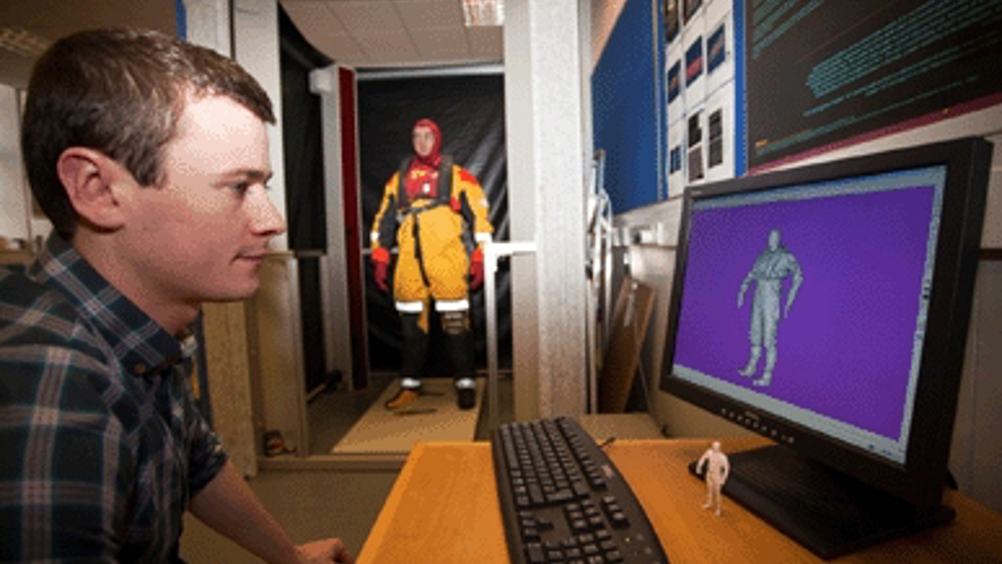Scottish research targets roly-poly riggers
Researchers in Aberdeen are to measure offshore workers’ body size with 3D scanners to inform the future design of safety equipment, survival clothing and space requirements on offshore installations.

The work is being carried out because the girth of the average UK worker is increasing, a development that could impact safety when filling or evacuating confined spaces during an offshore emergency.
The research, which is expected to generate an ongoing capability for measuring the size and shape of the offshore workforce, is the first of its kind in more than 25 years and is being led by researchers at Robert Gordon University’s (RGU) Institute of Health and Welfare Research (IHWR) in collaboration with experts from Oil and Gas UK.
The project’s aim is to design and implement a systematic assessment of three-dimensional measurements on a sample of around 600 offshore workers.
The data will then be used to inform all aspects of offshore ergonomics and health and safety, from emergency helicopter evacuation and survival suit design to space availability in corridors and work environments.
‘The last body size survey of offshore workers was undertaken in the mid 1980s and since then the average weight of the workforce has risen by 19 per cent. As a consequence the size and shape of the offshore workforce has increased to an unknown level,’ said Dr Arthur Stewart, Reader, and deputy director of RGU’s Centre for Obesity Research and Epidemiology (CORE)
Register now to continue reading
Thanks for visiting The Engineer. You’ve now reached your monthly limit of news stories. Register for free to unlock unlimited access to all of our news coverage, as well as premium content including opinion, in-depth features and special reports.
Benefits of registering
-
In-depth insights and coverage of key emerging trends
-
Unrestricted access to special reports throughout the year
-
Daily technology news delivered straight to your inbox










CCC Report Finds UK Climate Targets Still Within Reach
In 1990 67% of the UK´s electricity came from coal-fired power stations and even without renewables the transition to gas was a major contributor to...